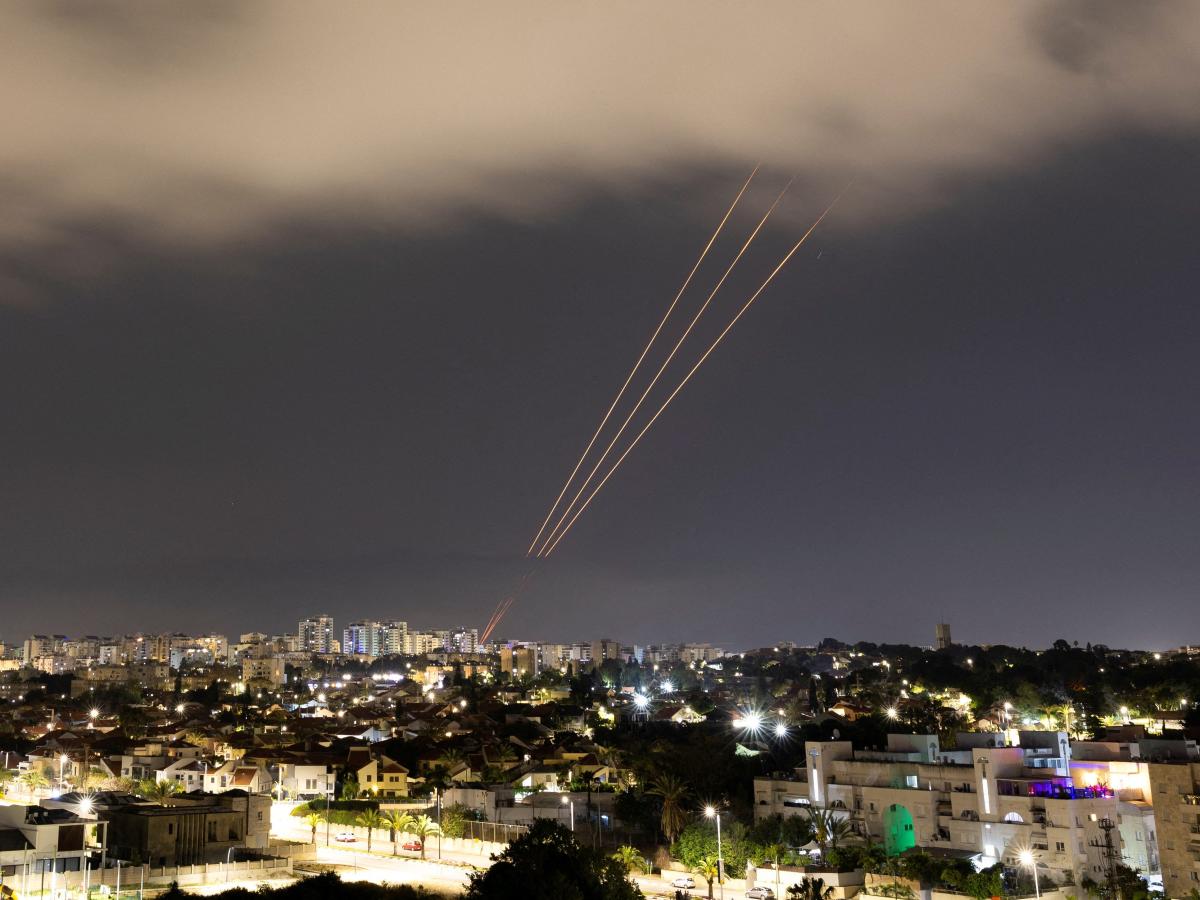-
Iran’s aerial attack on Israel mirrored Russian tactics in Ukraine, according to analysts.
-
But Iran underestimated Israel’s ability to defend itself from such attacks, they said.
-
Another analyst disagreed, saying Iran used similar tactics long before Russia’s full-scale invasion.
Some military analysts are comparing Iran’s attempt to bombard Israel over the weekend with Russian tactics in Ukraine.
On Saturday, Iran launched more than 300 drones, ballistic missiles, and cruise missiles at Israel in a massive attack that, according to the Israel Defense Forces, was 99% intercepted before it hit its targets.
“The strike package was modeled on those the Russians have used repeatedly against Ukraine to great effect,” Brian Carter and Frederick W. Kagan, both defense experts for the American Enterprise Institute’s Critical Threats Project, wrote.
The IDF estimated that the attack used 170 drones, 30 cruise missiles, and 120 ballistic missiles.
“The drones were launched well before the ballistic missiles were fired, very likely in the expectation that they would arrive in Israel’s air defense window at about the same time as the cruise missiles and drones,” the analysts said.
The slower-moving drones and cruise missiles were intended to overwhelm Israel’s air defense systems, allowing the more difficult-to-target ballistic missiles to break through, they said, adding that: “The Russians have used such an approach against Ukraine repeatedly.”
But “the Iranians underestimated the tremendous advantages Israel has in defending against such strikes compared with Ukraine,” they said.
Unlike in Ukraine, other countries also helped to take out some of the missiles and drones. The US and the UK both said they helped fend off the attack.
But not everyone agrees that Iran was copying Russia’s actions in Ukraine.
Fabian Hinz, a defense research fellow for London’s International Institute for Strategic Studies, wrote on X that Iran had launched combined-missile attacks aimed at overwhelming air defenses long before Russia’s full-scale invasion of Ukraine began in February 2022.
He pointed to Iran’s 2019 attack on two major Saudi oil refineries, which also reportedly used drones combined with cruise missiles.
US officials also estimate that about half of the ballistic missiles fired by Iran in the recent attack failed, CBS reported.
The exact intention of the weekend’s attack is also still being debated, with Hinz agreeing with Carter and Kagan in their assessment that “the attack was designed to succeed, not to fail.”
Iran intended “significant damage below the threshold that would trigger a massive Israeli response,” they wrote.
Some analysts have suggested that Iran planned the weekend attack more as a warning than a surefire strike.
“This attack was designed to re-establish deterrence on the part of Iran,” Rodger Shanahan, a fellow at Australian think tank the Lowy Institute, told ABC News Australia.
“Iran also understands that it’s not in anybody’s best interests — certainly not their own — to attract direct intervention from other countries into Iranian territory, and so this response was calibrated,” he said.
Israel had advance warning of the attack, Shanahan added, with this allowing a much more robust defense.
Iran’s armed forces stated that the attack was in retaliation for Israel’s strike on its embassy compound in Damascus, Syria, in early April.
Read the original article on Business Insider
